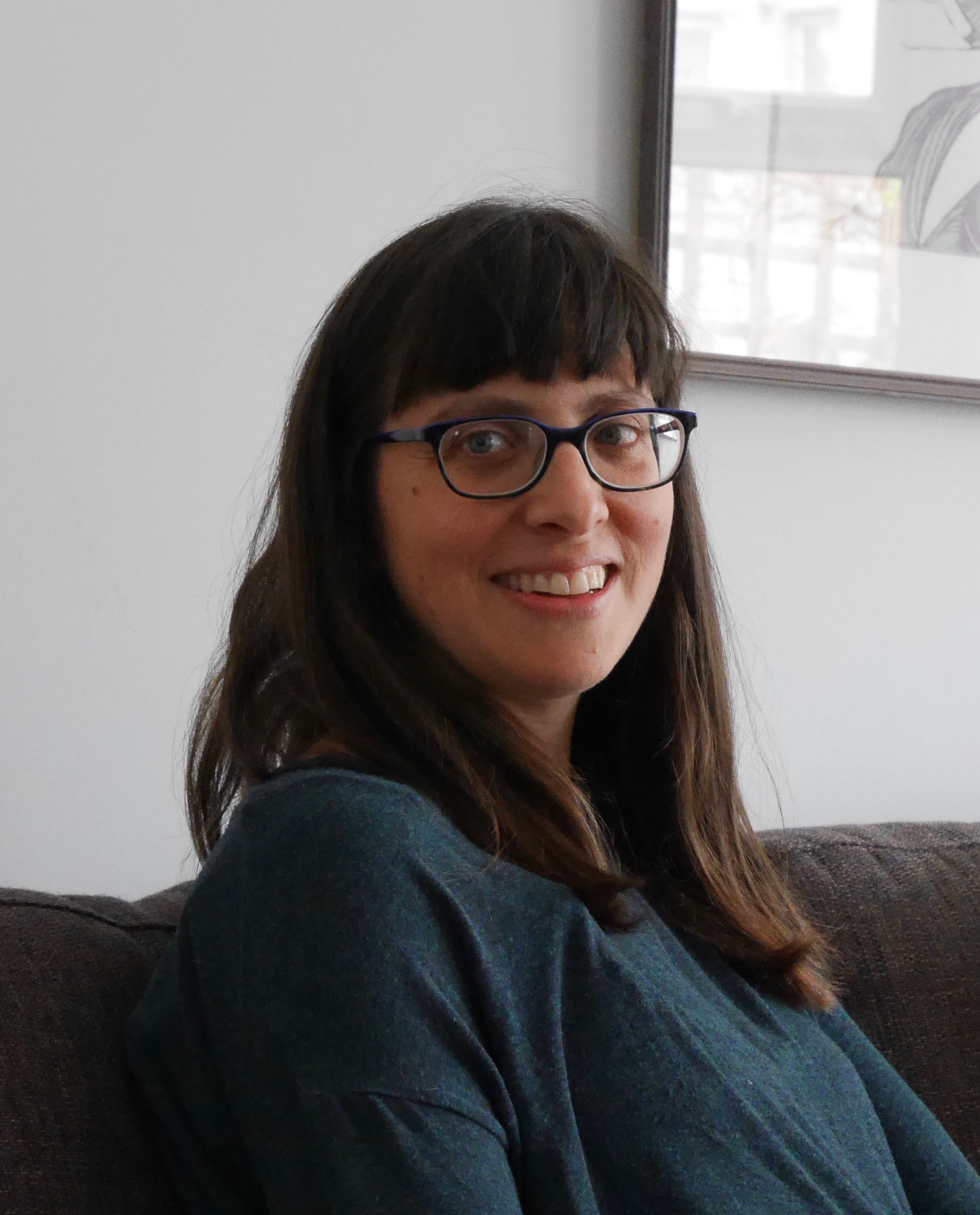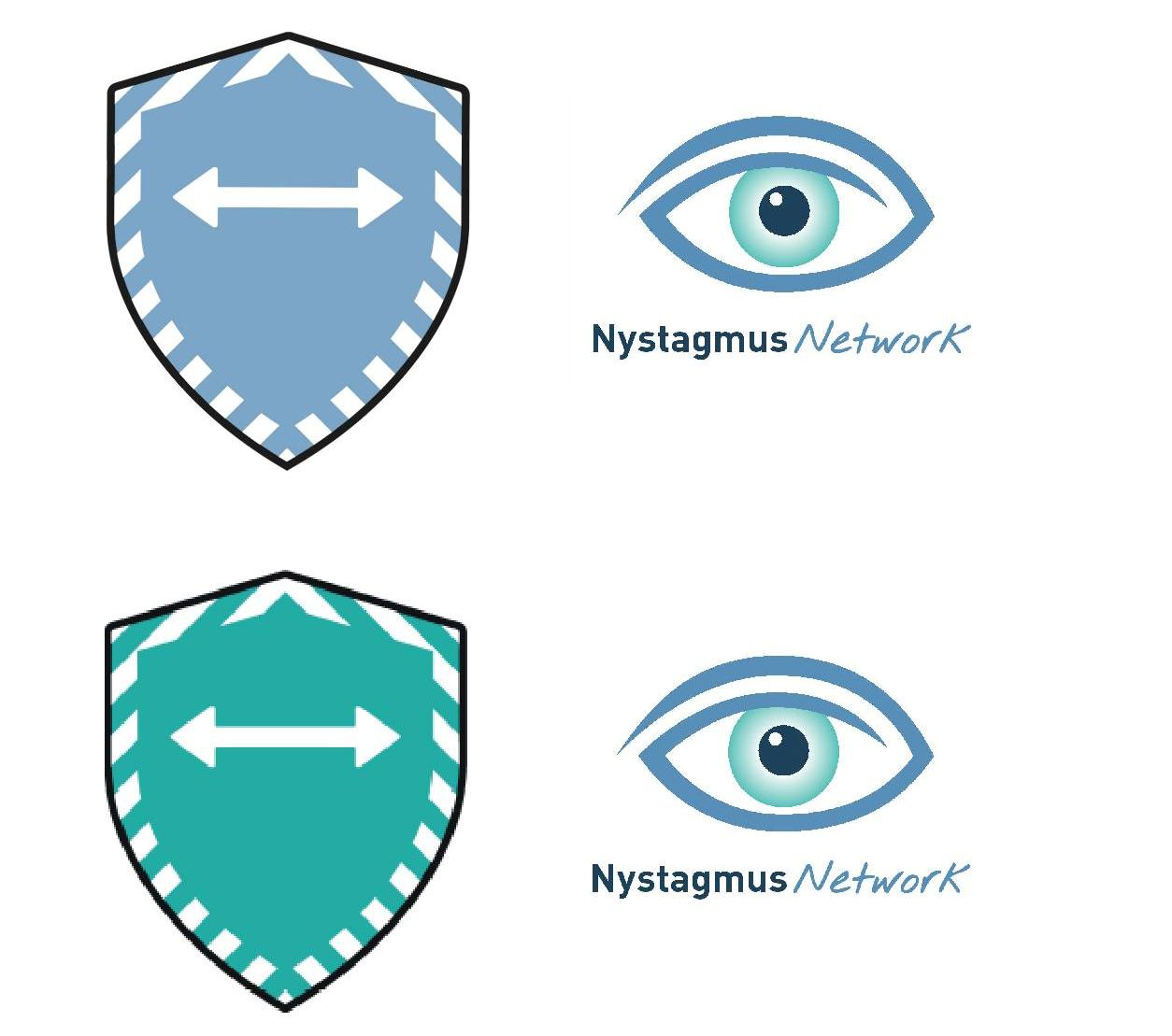A guest post.
A couple of years ago, I wrote a piece about being a parent with nystagmus of a child without. That child is now old enough to tell me if an approaching bus is a three-and-a-four-and-a-one or a two-and-a-nine, and I consider myself to be winning at life. My second child appears to have decent vision, too. In that article I made mention of my life as an amateur musician. And it turns out there is much to say about being an amateur musician with nystagmus. Some background, then. I’ve got mild nystagmus, bad myopia and astigmatism resulting in vision that’s poorly corrected by glasses or contact lenses. I sing in choirs, play the flute very occasionally in orchestras and took up the violin as an adult.
As a member of a choir, my music-making has tended to take place in churches. For space and facilities, churches are great, for lighting, not so much. As the evenings darken, the torch on my smartphone comes into its own as I struggle to read my music. At least in that I am not alone. The young people are fine, but the, ahem, less young are with me on that, and I thank technological evolution for making my life easier. Rumour has it that music publishing has gone a little bit digital. I’ve yet to see it in use in the real world, but perhaps I’ll benefit one day much, though I am loath to say it, as I have with my electronic reader with its new-fangled enlarged text and lighting options.
I have problems changing my focal length from page to conductor. The better you know your music, the less you have to look at it. It follows that the harder you work, the less your disability is a problem. Here, again, though, I join forces with my long sight/short sight colleagues.
But for someone with nystagmus, there are those times in choir when the conductor looks at you and says, “Would you have a go at that solo?” In an instant, your heart swells, the adrenalin kicks in, and you’re just about to agree, trying to put a humble spin on it, when the person next to you pipes up and you realise the conductor was looking at her, not you.
If you have done a solo, the conductor will usually signal for you to take applause for it at the end of the piece. It’s a thrilling feeling when the noise swells in appreciation. But there have been times when, from my flute-playing seat at the back of the orchestra, I have wondered if the conductor was looking at me, dithered and failed to get up. Well, that’s ok. But there has been at least one occasion when the conductor was signalling the clarinet player directly behind me, and I stood up with her — I stole her applause and failed to get my own.
One of the reasons I play the flute is because you hold it sideways and therefore can get as close to the music as you like. I usually have my music stand higher up and closer to me than “normal”. This works fine for me, but orchestra conductors don’t like it because it ruins the sight-lines and therefore interferes with communication between conductor and player. The classical music world is rife with jokes about conductors and their egos that would sit happily here, but I know a few conductors who will be reading this and I don’t want to ruin my chances of working with them again. I digress. I’ve been asked by a conductor to lower my music stand and felt the tears spring into my eyes, just like when I was at school, as I tried to explain, in front of the whole orchestra, that I couldn’t because then I wouldn’t be able to see the music. I wonder if I’ll ever grow out of that tear-springing feeling.
Another problem in orchestra rehearsals is when the conductor says that we’ll start playing from 15 bars before figure B. Challenge number one: find figure B. Eyes darting across the page — there’s A, there’s C, where on earth is B? Ah, got it (but I thought that was an eight). Challenge two: count back fifteen bars. That’s a rest bar with a number in it. Is it a 1 or is it a 4? (There’s no accounting for the vagaries of type-setting in music publishing.) Right, it’s a 4, count back another eleven bars. Ok, I’m there, I think. Right, so is everyone else. They’re waiting for me. Oh dear. (Thank goodness I’m not a professional, because time is money.) Or they’ve ploughed on regardless and I’m even more lost than I was before.
The flute section being at the back of the orchestra means the conductor is quite a long way away, far enough for me not to be able to see facial expressions. This certainly has advantages, when those of unfriendly temperament (rare as they are) offer glowering looks at offending players and I carry on, oblivious to their displeasure. Again, winning at life.
I took up the violin a few years ago, with the hope of one day joining the fiddle section of a bad orchestra. If I ever become good enough, I’ll have to work really hard between rehearsals to learn the music so that I’m not hampered by the music being too far away to see. I’ll have to work harder than my peers, which is annoying, since I am naturally lazy, but I might be a better musician for it.
The better you know your music, the more you look at the conductor. The conductor is there to drive the music, to shape it and to help the performers deliver their best for the audience. The conductor wants to know that the performers are watching; it helps them do their job. I watch the conductor when I can but, because of my null point, perhaps the conductor thinks that I’m looking into the audience at my parents, just off to the right. No conductor has ever mentioned that to me but I wonder if, consciously or unconsciously, any has thought me a worse musician because of it.
As I have reflected on this topic, I have concluded that I need to work that little bit harder in certain areas than my colleagues in order to achieve the same result. The child of the ‘80s in me says, “never mind, it’s ok, I can manage.” I think this approach is fine in this instance, because what use is a singer who can’t sing the notes? Perhaps I’m seeking acknowledgement for the extra effort. The arts sector tends not to handle disability well, and while I’m grateful that society is more open to conversations in this area than formerly, there is clearly work to be done.




